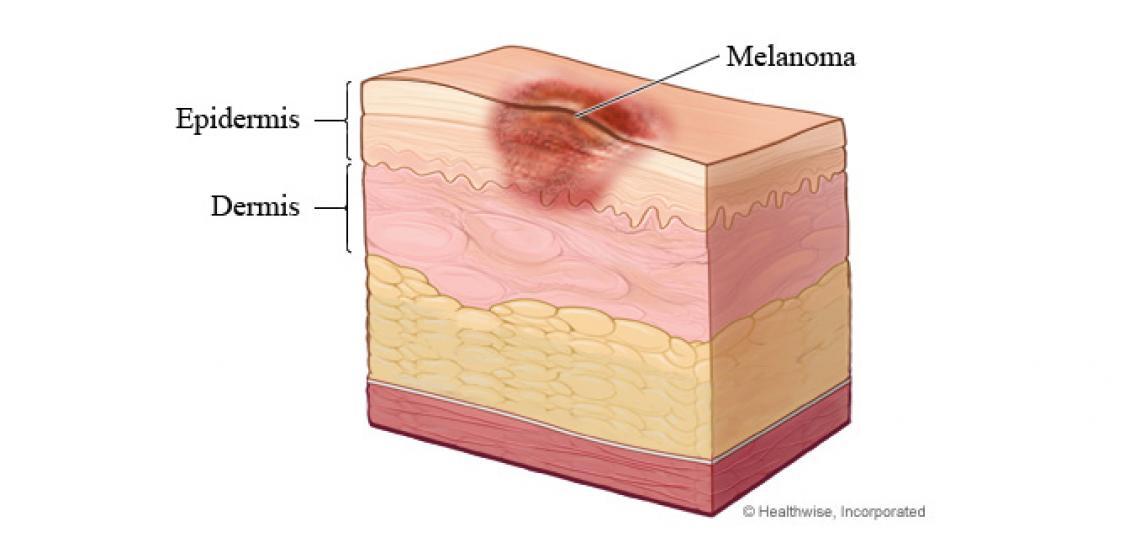About the High Risk Skin Cancer Clinic
Some patients, as a result of genetic predisposition, medical conditions, or medications affecting the immune system, are at higher risk for skin cancer. Skin cancers in these patients are often multiple and aggressive. At risk individuals include:
- Transplant recipients (solid organ and stem cell)
- Genetic syndrome patients (Gorlin's, Rombo, Bazex, xeroderma pigmentosum, Muir-Torre)
- Lymphoma patients (non-Hodgkin lymphoma, chronic lymphocytic leukemia)
- HIV patients
- Patients with autoimmune diseases and other conditions requiring long-term immunosuppressive medications
The High Risk Skin Cancer Clinic was established to provide early detection and prompt treatment of skin cancer in high-risk individuals. We educate patients on sun protection, teach self-examination, and schedule regular follow-up visits for full body skin examinations. We specialize in medical and surgical therapies for skin cancer treatment, including Mohs micrographic surgery. We believe in a team approach and work closely with transplant physicians and oncologists (medical, surgical, and radiation) to provide comprehensive care to our patients.
What is Mohs surgery?
Mohs surgery removes a skin cancer one layer at a time. The doctor checks each layer for cancer cells until no more cancer is found.
This state-of-the-art procedure is the most precise method for removing tumors while sparing normal tissue. Mohs surgery offers the highest success rate of all skin cancer treatments up to 99 percent minimizing both the chance of re-growth and the extent of scarring.
This surgery is mostly used for areas of skin you can see or where scarring is a bigger concern, such as on the ears, nose, or eyelids.
It is also used for skin cancer that is likely to return, is growing fast, or has a high risk of spreading.
How is the surgery done?
You will be awake during the surgery. Your doctor will give you medicine to numb the area so you will not feel pain. When the skin is numb, your doctor will start to remove the cancer and a small amount of healthy tissue, one layer of skin at a time.
Each layer of tissue is checked right away under a microscope. If cancer is found, another layer is removed and checked. Layers are removed until no more cancer is found. The procedure may take a few hours or could last a full day.
Why is Mohs micrographic surgery for nonmelanoma skin cancer done?
Mohs micrographic surgery may be used for removal of skin cancer that:
- Is likely to return. Mohs micrographic surgery is more effective in obtaining cancer-free margins for cancers that have irregular borders and a history of removal and recurrence.
- Is located in visible areas or areas where skin tissue should be preserved, such as on the ears, nose, or eyelids.Is growing quickly.
- Has a high risk of spreading to other parts of the body, such as in some squamous cell carcinomas.
- Occurs in children.
© 2016-2019 Healthwise, Incorporated.
Additional Information
Referring Physicians
To assist us in scheduling your patients, please complete our referral form and fax it to (713) 798-3252.








 Credit
Credit
